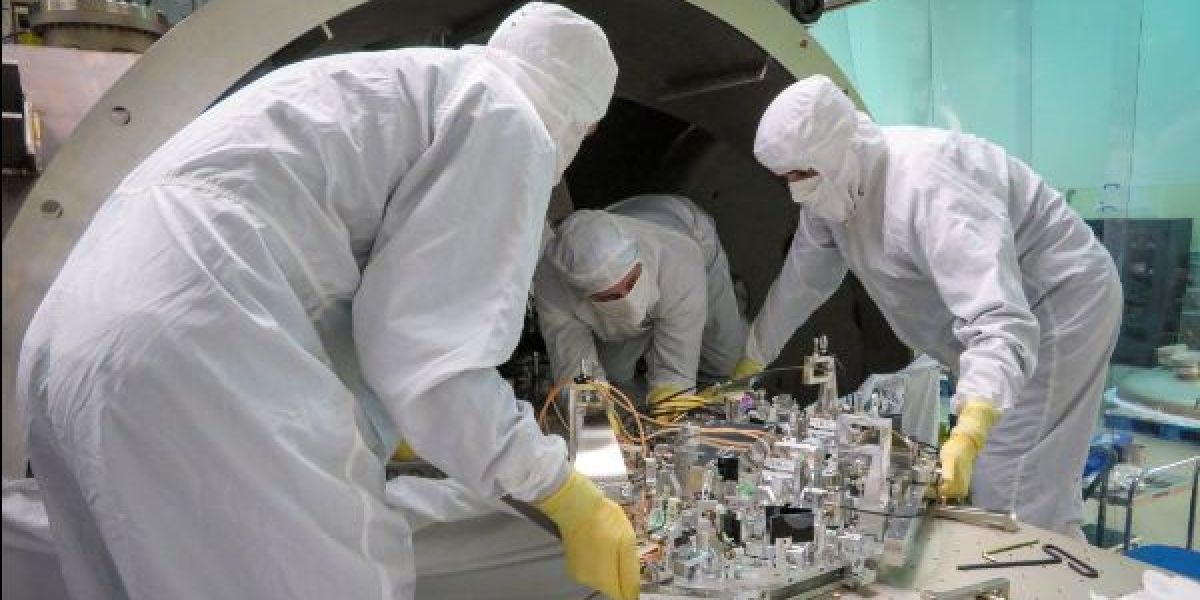The Download: quantum squeezing, and a game-building AI model

How scientists are using quantum squeezing to push the limits of their sensors
When two black holes spiral inward and collide, they shake the very fabric of space, producing ripples in space-time that can travel for hundreds of millions of light-years. Since 2015, scientists have been observing these so-called gravitational waves to help them study fundamental questions about the cosmos, including the origin of heavy elements such as gold and the rate at which the universe is expanding.
But detecting gravitational waves isn’t easy. By the time they reach Earth, the ripples have dissipated into near silence. Our detectors must sense motions on the scale of one ten-thousandth the width of a proton to stand a chance. And making them more sensitive is a huge challenge. Physicists say a new approach could help: quantum squeezing.
The technique could also help create more precise magnetometers, gyroscopes, and clocks with potential applications for navigation. Creators of commercial and military technology have begun dabbling in quantum squeezing, too: the Canadian startup Xanadu uses it in its quantum computers, and last fall, DARPA announced Inspired, a program for developing quantum squeezing technology on a chip. Find out more.
—Sophia Chen
Google DeepMind’s new generative model makes Super Mario-like games from scratch
The news: OpenAI’s stunning generative model Sora is pushing the envelope of what’s possible with text-to-video. Now, Google DeepMind is bringing us text-to-video games.
How it works: The new model, called Genie, can take a short description, a hand-drawn sketch or a photo and turn it into a playable video game in the style of classic 2D platformers like Super Mario Bros. But don’t expect anything fast-paced. The games run at one frame per second, compared to the typical 30-60 frames per second of most modern games.
Why it matters: While Genie won’t be released, it could one day be turned into a game-making tool. It could also potentially help advance the field of robotics. Read the full story.




